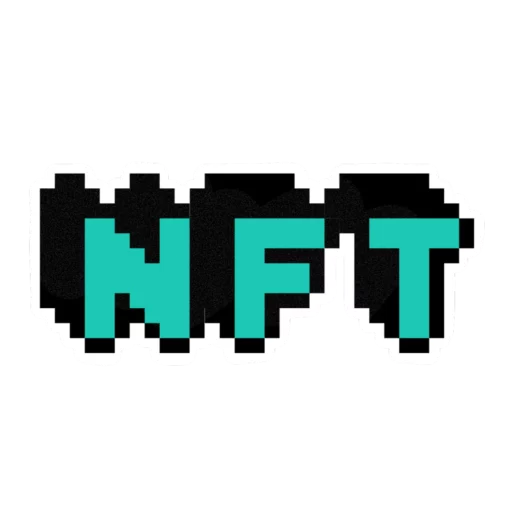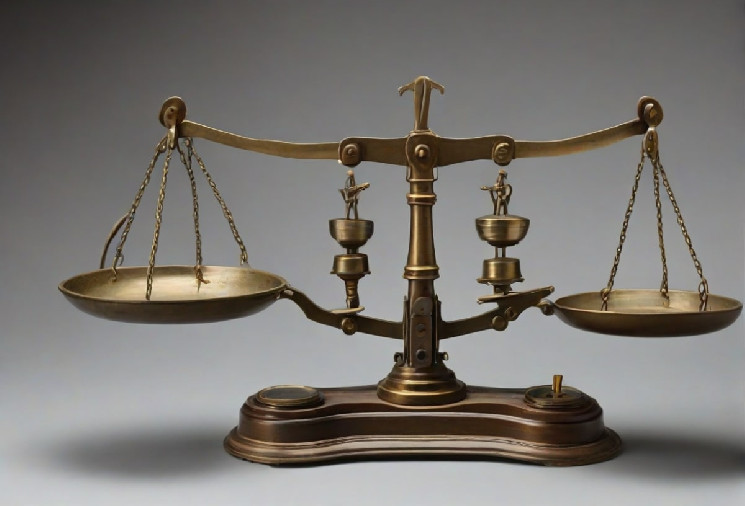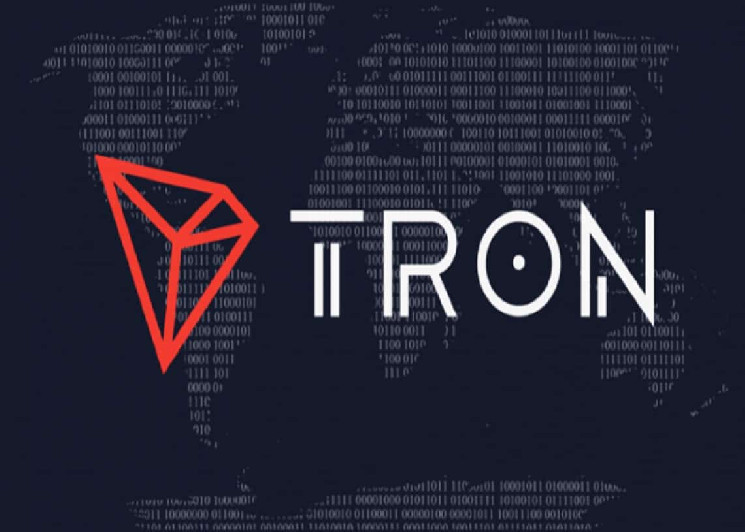The debated legal status of ether as a commodity in the crypto industry often draws parallels to Schrödinger’s cat, existing in a state of both being and not being a commodity at the same time. This analogy reflects the uncertainty surrounding ether’s classification, similar to the quantum mechanics paradox of Schrödinger’s cat being both dead and alive.
The Copenhagen Interpretation sheds light on this uncertainty, suggesting that the status of ether as a commodity depends on circumstances and probabilities. Just like the cat’s fate, ether’s classification as a commodity or not can change based on various factors.
In terms of value creation, Ethereum presents ether as a store of value, a consumable commodity, and an interest-bearing asset. The DeFi trading volume on Ethereum has reached $1.2 trillion in 2022, with a projected smart contract economy worth $5 trillion by 2030. Additionally, with EIP-1559, ETH has become a consumable commodity through network fee burning, resembling gasoline consumption, and staking on Ethereum has created a $90 billion economy.
The issue of regulatory clarity in the US looms over ether’s classification as a commodity. As policymakers grapple with defining ether as a security, a commodity, or a currency, the lack of clear regulation leads to uncertainty. The US stance on crypto regulation will determine whether ether can coexist as a commodity or face regulatory constraints.
While the US deliberates on crypto regulation, other regions like Switzerland and the EU have taken steps to address the legal aspects of crypto assets. The FINMA guidance in Switzerland and the EU’s broader definition of crypto showcase varying approaches to regulation. US lawmakers face the challenge of defining ether within the context of evolving regulatory landscapes.
In conclusion, the classification of ether as a commodity remains a complex and evolving issue that requires regulatory clarity. US lawmakers, akin to Schrödinger’s cat, hold the key to interpreting ether’s legal status within the crypto industry.









